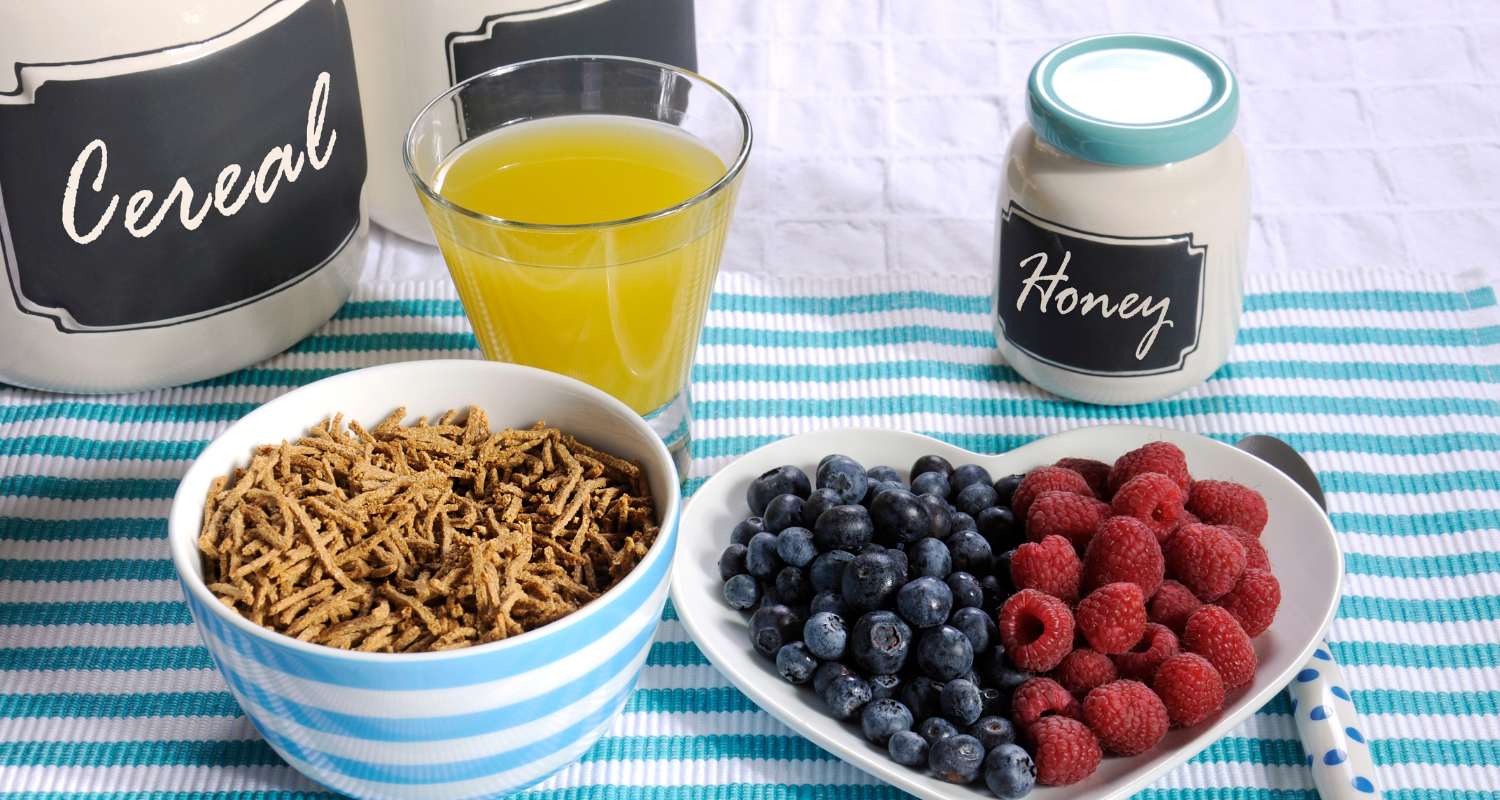Heart disease is the leading cause of death in the United States with over 616,000 deaths per year. The most common form of heart disease is coronary artery disease (CAD). CAD is caused by a buildup of cholesterol deposits in the interior walls of the coronary artery. Adopting a healthier lifestyle that includes a balanced diet and regular exercise is the best way to avoid the onset of disease. Foods that are heart-healthy include lean meats, fish, beans, and low-fat dairy. The most effective selections come from a high fiber diet which includes fruits, vegetables and whole grains.
According to eHealthMD.com, fiber is “… a virtually indigestible substance that is found mainly in the outer layers of plants. Fiber is a special type of carbohydrate that passes through the human digestive system virtually unchanged, without being broken down into nutrients.” Fiber satisfies hunger, moderates blood sugar levels, provides energy for liver function, and nourishes the lining of the colon. To ensure adequate amounts of fiber in the diet, 25-30 grams must be consumed daily.
A high fiber diet can reduce the risk of heart disease. Most of the cholesterol in the human body is generated by the liver. (It is, therefore, unnecessary to consume dietary cholesterol.) There are two types of cholesterol. High-density lipoprotein (HDL) is considered “healthy fat” while low-density lipoprotein (LDL) is the fat associated with heart disease. LDL retrieves cholesterol from the small intestines and introduces it into the bloodstream which increases the possibility of fat deposits in the arteries. Fiber attaches to cholesterol and carries it out of the body as waste via bowel movements. Excess sugar in the bloodstream triggers the body to convert the sugar into fat and store it in the body. A fiber diet will restrict this undesirable activity.
Choosing the right kinds of heart-healthy foods is a fairly simple process. The diet should be comprised of about 50% fresh fruits and vegetables. Foods in a variety of colors like apples, bananas, carrots, leafy greens, berries, peppers, onions, and garlic are excellent choices. Consumed in salads, smoothies, and soups, fruits and vegetables can become a central part of the diet. Grains like whole wheat bread, oatmeal, quinoa, and sunflower seeds contain high amounts of fiber and are easily integrated into the diet.
Here are some examples of meals that are high in fiber and low in LDL: oatmeal topped with toasted sunflower seeds and blueberries and a slice of whole grain toast spread with almond butter; whole wheat pasta topped with marinara sauce, served with a tossed salad (romaine lettuce, tomatoes, carrots, celery, cucumber, sunflower seeds, red onions, black olives, and an olive oil vinaigrette) and a bowl of black bean soup.
Avoiding fatty foods like meat, eggs, and excess amounts of dairy can certainly control cholesterol levels in the body. By choosing a balanced high fiber diet and an active lifestyle, it is very likely that the onset of heart disease can be prevented or even reversed.

Leave a Reply